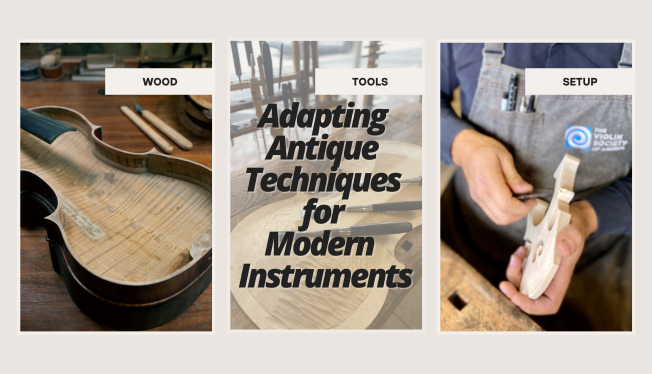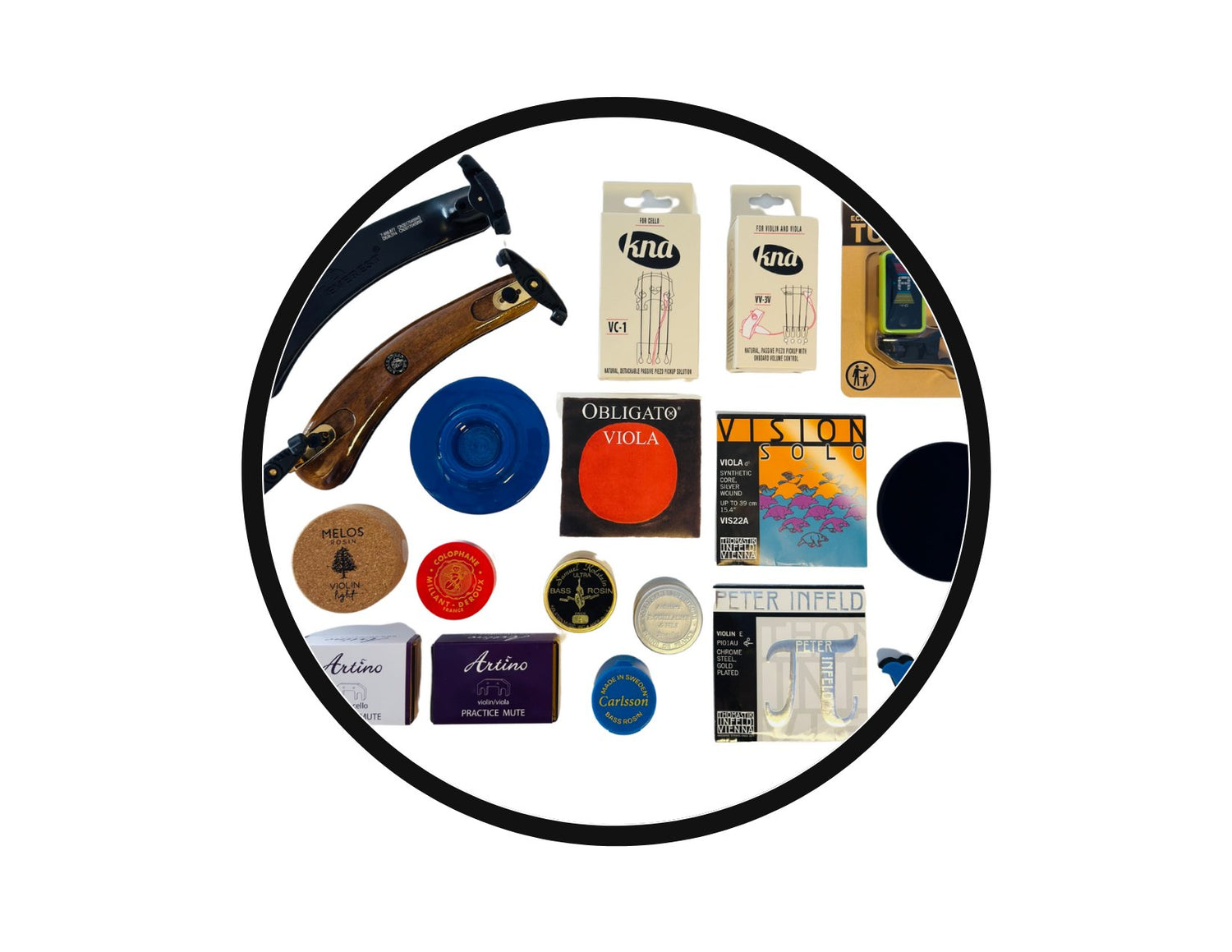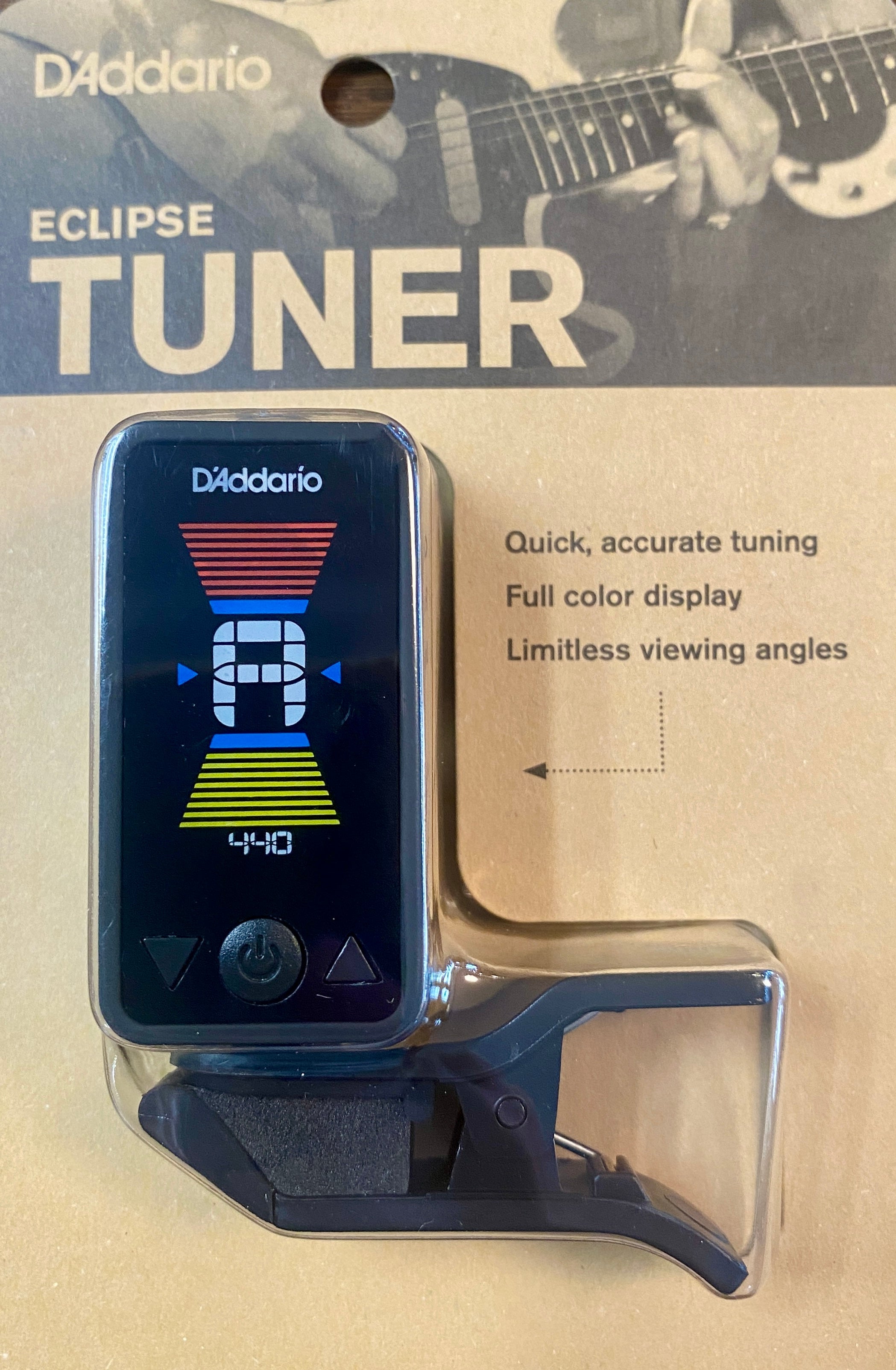In the craft of string instrument making, the wisdom of the past is often a beacon that guides the evolution of modern instruments. Antique techniques, developed through centuries of craftsmanship, continue to influence today's luthiers. However, adapting these time-honored methods to contemporary instrument making involves a blend of reverence for tradition and innovative adaptation to meet modern needs. Lets explore how ancient techniques are being integrated into the fabrication of modern instruments, highlighting the balance between preserving classical methods and embracing technological advances.

Preserving the Essence of Traditional Craftsmanship
The legacy left by masters such as Antonio Stradivari and Giuseppe Guarneri del Gesù is foundational to the art of violin making. Their techniques, from wood selection to varnishing, set standards that are still revered today. For instance, Stradivari was known for his meticulous choice of wood, using spruce and maple that were carefully aged. Modern luthiers continue to prioritize high-quality wood, often sourced from the same regions as those used by these historic figures, to ensure the resonance and durability of the violins.
The method of hand-carving the wood, a skill that takes years to perfect, is another technique preserved in modern workshops. This process allows for a level of detail and personalization that machines cannot replicate. By continuing to use hand tools for tasks like carving the scroll and shaping the violin’s body, contemporary makers maintain a tactile connection to the craft, ensuring each instrument is as unique as the hands that made it.

Innovating with Modern Tools and Materials
While traditional techniques form the backbone of violin making, modern innovations also play a crucial role in adapting these methods for contemporary instruments. Advances in technology have introduced new tools that enhance precision and efficiency without compromising the quality of craftsmanship. For example, computer-aided design (CAD) software allows luthiers to plan and visualize the instrument's components with great accuracy before the physical crafting begins. This can be particularly beneficial in replicating historical designs or experimenting with modifications that might improve sound quality or playability.
Moreover, modern materials are being incorporated into the construction of violins to complement traditional woods. Synthetic materials and composites can be used in parts of the violin that endure the most wear, such as the fingerboard or the pegs, to increase the instrument’s longevity and stability. These materials are chosen for their compatibility with the natural wood, ensuring that they enhance
The ultimate goal of adapting antique techniques is to produce instruments that meet the evolving demands of contemporary musicians. Modern violins must project well in large concert halls and withstand frequent travel and varying climatic conditions. Adapting the thickness and graduation of the violin's plates, a technique refined over centuries, is now informed by acoustic science to maximize the instrument's sound projection and clarity.
Additionally, the finish and setup of modern violins are tailored to contemporary preferences. While antique varnishes are replicated for their visual and tonal qualities, modern formulas are developed to provide better protection for the wood and adapt to today's more rigorous performance schedules. Similarly, the setup of the bridge, sound post, and strings is fine-tuned to ensure that modern violins can deliver a wide range of dynamics and respond well to diverse playing styles.

Conclusion
The adaptation of antique violin techniques for modern instruments is a testament to the enduring relevance of historical craftsmanship. By blending these time-honored methods with contemporary innovations, today's luthiers not only preserve the rich heritage of violin making but also enhance the instrument’s functionality for today's musicians. This dynamic evolution ensures that the violin remains both a link to the past and a continually evolving tool of artistic expression, capable of meeting the demands of musicians in any era.





